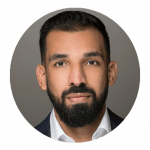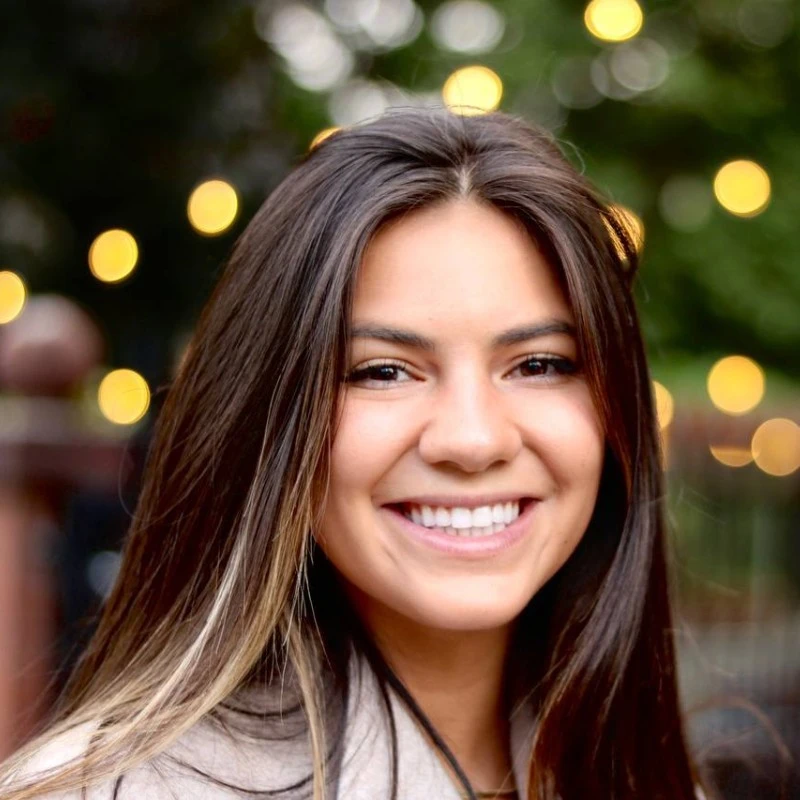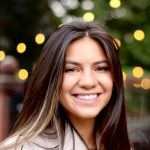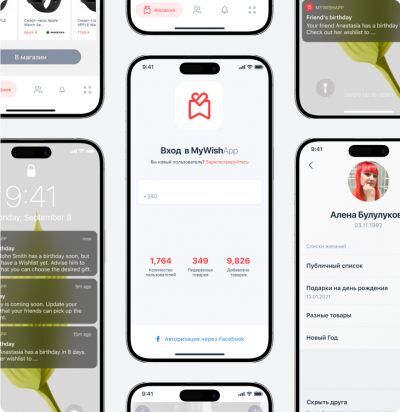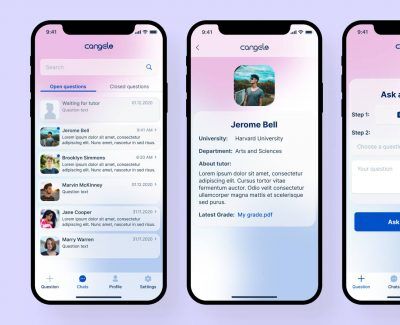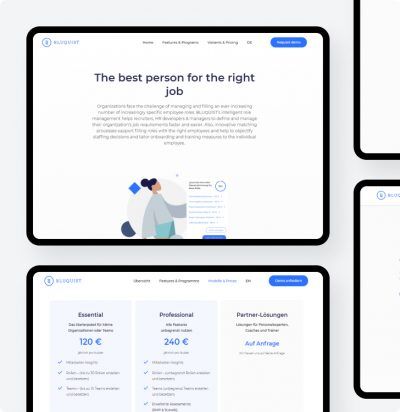hr software development company
Take advantage of our HR software development services to enhance and streamline your company's recruiting, onboarding, payroll, and learning processes
GET IN TOUCHSolutions to Your HR Software Development Challenges
-
1
Employee Self-Service Portals
We build intuitive self-service portals where employees can view pay information, request time off, update details, and access policies. -
2
Performance Management Systems
Our team creates comprehensive systems for setting, tracking, and reviewing employee performance goals, providing feedback, and conducting appraisals. -
3
Benefits Administration
We streamline the management of health insurance, retirement plans, and other employee benefits, ensuring compliance and easy access.
Why Invest in Custom HR Software
-
Tailored Business Solutions
Custom HR software can be specifically designed to address the unique needs and workflows of your organization. It can automate processes, improve efficiency, and align with your company's culture and policies.
-
Scalability and Flexibility
Off-the-shelf HR software may not always accommodate changes in your organization's size, structure, or requirements. Custom HR software allows for scalability and flexibility, adapting easily to evolving business needs.
-
Data Security and Compliance
With custom HR software, you prioritize data security and compliance with regulations specific to your industry or region. You can implement advanced security features and controls to protect sensitive employee information.
Our HR Software Development Process
We start by understanding your business, challenges, and goals to gather detailed requirements for features, compliance, and integrations.
Our design team creates intuitive interfaces focused on user experience. We develop prototypes to visualize the end product and gather early feedback.
Then, our skilled developers code the solution, adhering to best practices and industry standards for quality and security.
We thoroughly test the software to identify and resolve defects before deployment. Rigorous QA ensures an exceptional user experience.
After successful testing and client approval, we deploy the software to the live environment.
What do our customers say about us?
Why Choose SpdLoad for Custom HR Software Development?
-
Rapid Start, Reliable Finish
We ensure a quick start and a confident finish, delivering projects efficiently. -
Industry-Recognized Expertise
Our track record is backed by awards, certifications, and top-tier tech partnerships. -
Full Transparency
Experience complete oversight of your project's progress, workflow, and budget. -
Superior Code Quality
Access our advanced code quality monitoring tools, ensuring top-notch code. -
Diverse Expertise
Benefit from comprehensive maintenance and support post-development.
Choose SpdLoad for a seamless project experience from start to finish
- E-commerce
- eLearning app
- HR Solution
- Replai
Frequently Asked Questions
Can you integrate with our existing HR systems?
How long does it take to develop custom HR software?
What kind of support and maintenance do you provide?
Can employees access the system from mobile devices?
How much does HR software development cost?
In this article, we break down the cost to build your own HR software, from essential features to advanced integrations.
What features should I look for in HR software?
Advanced features might include analytics and reporting, employee self-service portals, integration with other business systems, and mobile accessibility.
Great HR tools start with great design — here is how to design an HR app.













